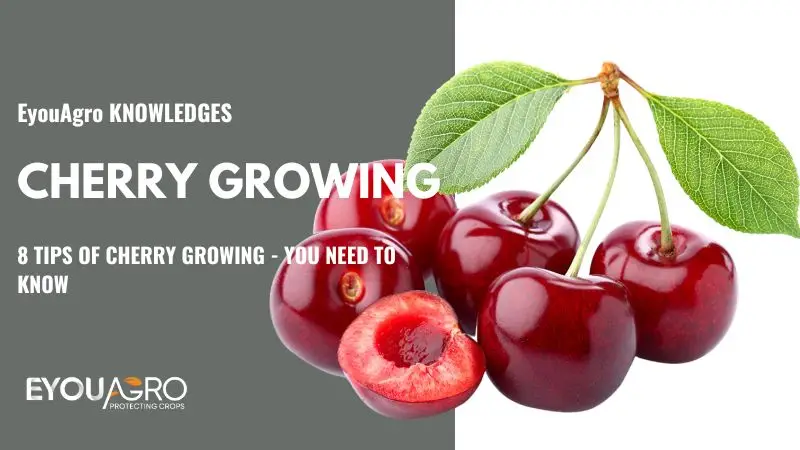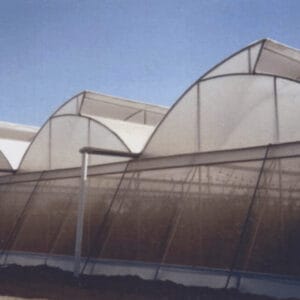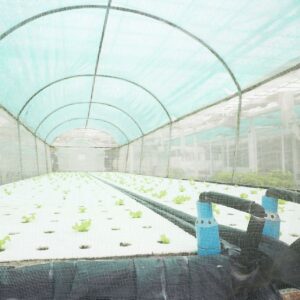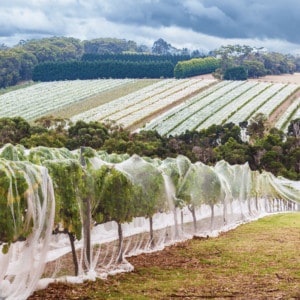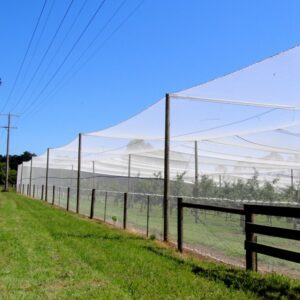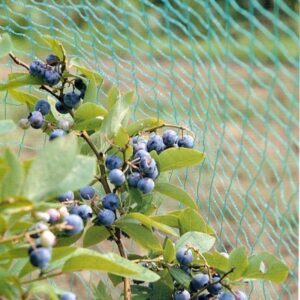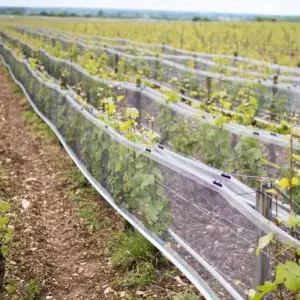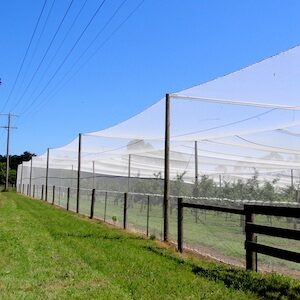You might be hearing about them for the first time, but we can assure you once you taste them you will want to have a steady supply of these red plum juicy, and sweet fruits.
They are grown for two reasons. First, they are a delicious fruit, and second for their lovely blossom in the springtime.

Luckily you can grow and maintain cherry trees. Growing is some undertaking if you have to end with a great cherry.
But fear not!
In this article, we are sharing tips on growing cherries in your garden, orchard, or backyard and enjoy a fresh supply of these cherries
Choose the Right Location for Your Cherries
Ensure you plant cherries in high areas. If you plant in low areas they will be affected by frosts. The frost damage lowers your cherries produce.
Timing is important. For example, sweet cherry flowers earlier than the sour variety, making them more susceptible to frost damage.
Besides, plant your cherries in areas that get plenty of sunshine in the day. They grow best when exposed to 6 – 8 hours of sunshine. Just avoid planting near trees or buildings.
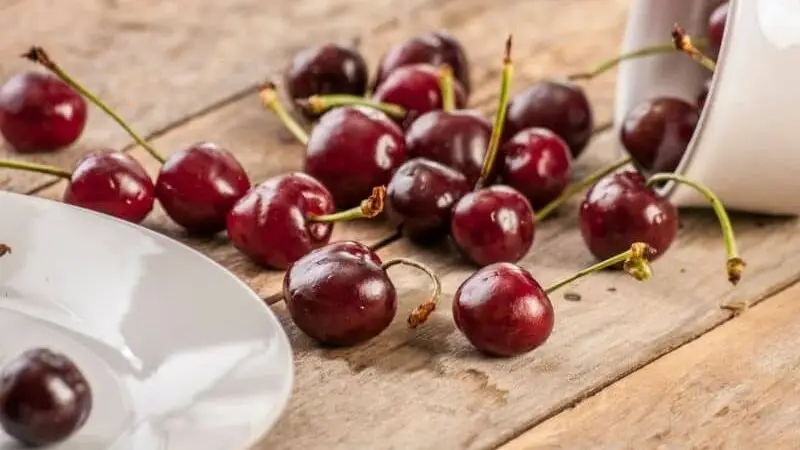
Make sure you’ve fertile, deep, and well-drained soil. If your soil is poor, you can add compost and dig deeper.
The cherries also thrive in moderately acidic PH ranging 6.5-6.7. You can get an officer from agriculture to test your soil.
Planting Your Cherries
When it comes to planting, keep in mind the 2 main types of cherries.
- Sweet cherries. You can find this mostly in the markets. They have a thick and rich texture.
- Sour cherries. They are often not eaten raw. They are used for preserves and other cooking uses.
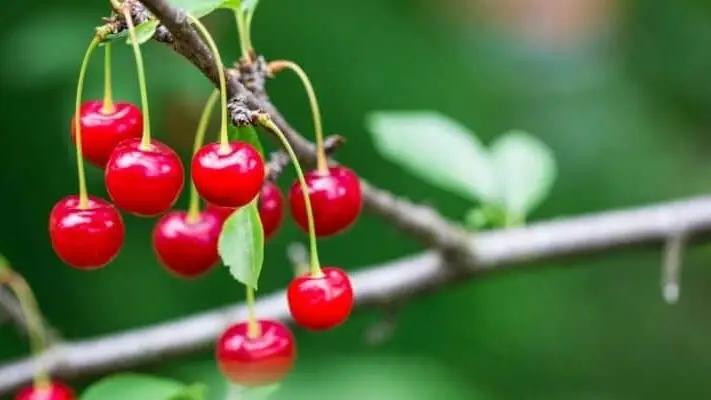
Space Accordingly
When planting cherries, the spacing for sweet cherries should be 35 to 40 feet. Plant the sour varieties at 20 to 25 feet.
Graft Your Cherries
Like many trees, you can graft cherry trees. If you decide to go grafting, select the T-budding technique. Set your cherries on rootstocks with the graft union inches below the soil level.
Seedlings
Plant two to three pits in a container. Place in a sunny area and keep them watered. Once seedlings are two inches tall, you thin to retain the tallest one.
If you go for bare-rooted cherries, place the rootstock in the center of the hole. You can then spread the roots.
Take care not to bend the roots. Finally, backfill with soil.
Pollination
The sour cherries are self-pollinating. This means you do not require more than one tree to produce the fruit. However, if you plant the sweet type, you will need a few trees for pollination.
Manage Your Cherries
You need to be prepared for some management practices for the proper growth of your cherries. Here you go!
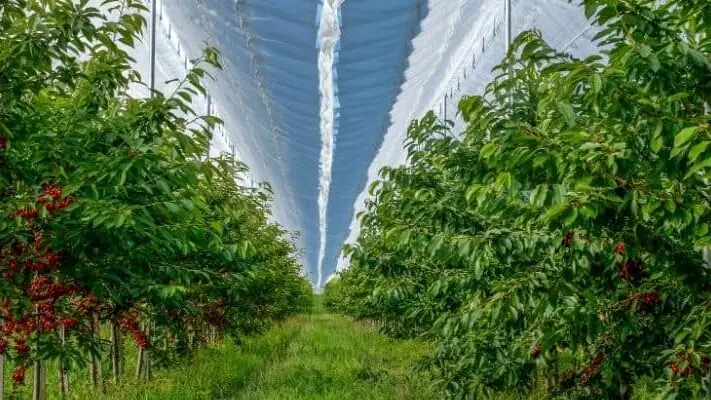
Apply Fertilizer
Apply a low nitrogen fertilizer once a year before flowering. Add 2 times per year apply compost. Make some allocation to Fertilize each spring until trees start to bear, then fertilize only after harvest each season
Water Regularly
If you’re in a dry season, you can water once a week. Take care, not to saturate the roots and soil.
Prune for Better Fruits
Properly pruned cherry trees produce better fruit and in more quantity. Thin your cherries by removing some of the immature fruits. Also, remove dry branches and sprouts. Prune twice a year, once in early spring, and once in late summer.
Protect Your Cherries from Insects and Birds
Keep your eyes on your cherries. Otherwise, the insects and birds will enjoy your cherries.
Insects
Always check for insects. Be aware of aphids, caterpillars, borers, thrips beetles, and fruit flies.
The best way to control insects is through netting.
Birds
Birds love cherries. You’ll have to cover your tree to prevent the birds from getting at your fruits. Birds eat your cherries when attached to stems and peck at each fruit. They leave behind rotting fruits attached to the stem. The netting is recommended during the ripening season
Protect Your Cherries from Cracking Caused by Rain
The rain causes ripening sweet cherries to crack. The cracking lowers the quality of cherries making them unmarketable. Some factors responsible for cracking include
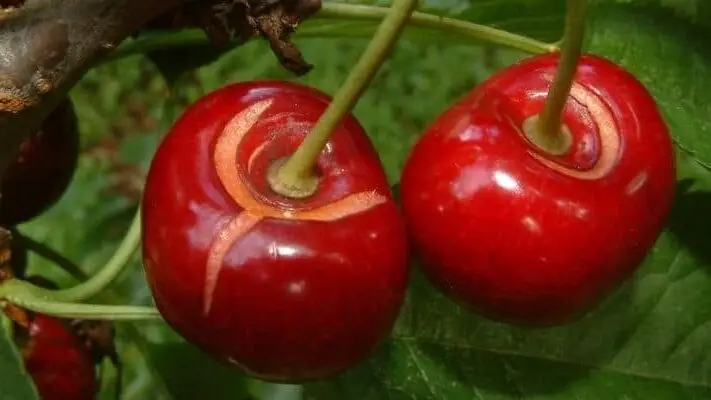
- Irregular water supply
- Foggy weather without rain.
- Temperature
Here is how you control the cracking.
- Select varieties that are not highly susceptible to rain cracking.
- Water regularly through drip
- Ensure good drainage in the planted area
- Blow off the water that sticks to fruits
- Install cherry rain covers in your garden
Netting and Covering Your Cherries
Rain and insects are the main threats to cherry production. Other threats include diseases, weeds, hail, and wind.
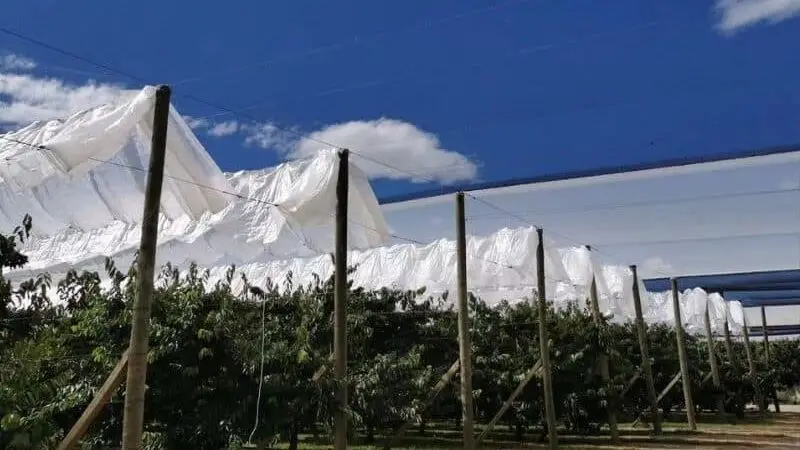
And how do we reduce these risks?
Nets and covers are used to protect your cherries with the following benefits,
- Improve microclimate by controlling humidity, light, temperature, moisture, and water
- Improve yields and quality of your cherries
- Provide a safe method of managing the insect pests
- Reduce reliance on pesticides that impact environmental and human health
- Increase market opportunities for the textiles
What are the Available Covers and Netting?
There are a variety of nets and covers for your cherries. They include insects, birds, weed controls, hail, and rain covers.
Materials
The covers are made of HDPE woven waterproof tarpaulin cloth with LDPE lamination on both sides to ensure 100% waterproof. The finished covers are made into custom sizes with reinforced selvage and grommets/eyelets at intervals for easy anchoring to the crop protection systems or structures.
Advantages of using polyethylene materials:
- It has the longest life over any of the other materials used for netting.
- It will not rot.
- It does not shrink and not is affected by humidity.
- Much lighter weight than nylon or polyester.
Accessories
The nets and covers are accompanied by a set of accessories to ease installation. For instance clips, brackets, clamps, shoppers, fasteners, tie-down, and ropes.
Installation
The installation will depend on the following
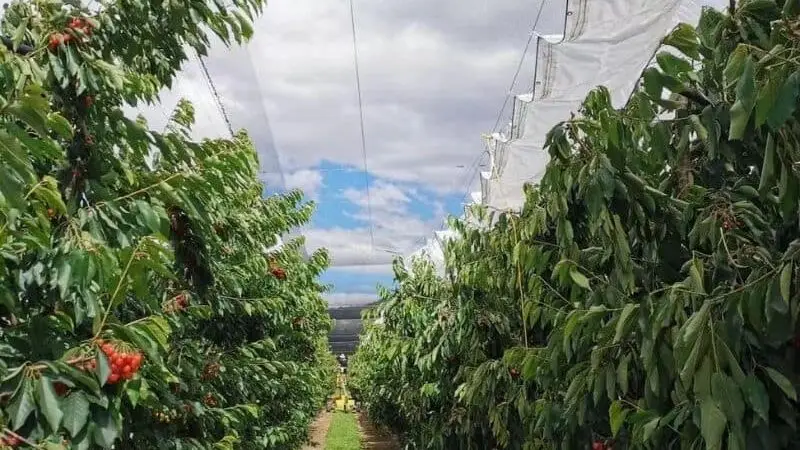
- The number of trees you want to protect
- The pests affecting your cherries
- What you can afford to buy
- Your capacity to build
- The size of the trees
- Other animals and plants around your trees
Harvest and Store Your Cherries
It gets better with time.
After the fourth year, your cherries will start bearing fruits. Thereafter, they should produce cherries each year.
The sweet part, when harvesting, tastes the cherries before picking them.
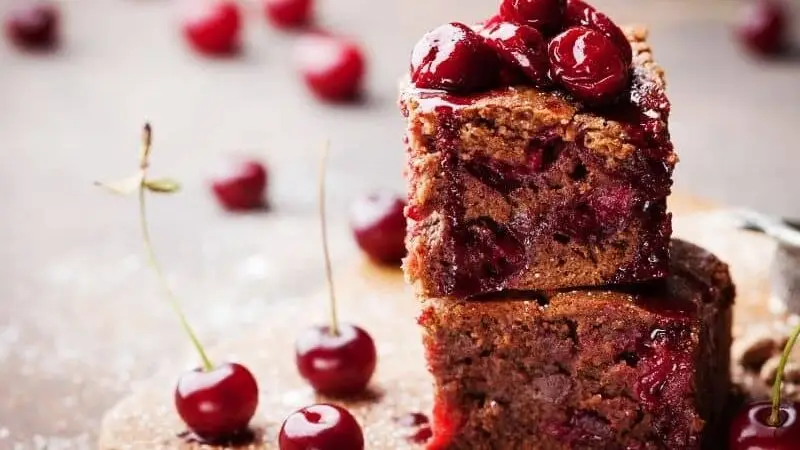
You can tell sour cherries are ripe when they become juicy and soft. Sweet cherries are ready when their color is uniform and have a sweet flavor.
Harvest your cherries with the stem attached to retain their freshness. Also, they keep better and longer.
Even better, they last for months if they are stored in refrigerators. You can also dry them to lengthen their shelf life
Update Yourself on Cherries Rain Risks and R&D
Cherries production varies from season to season. What with the changing circumstances changes?
Enter the risks,
What are the options for insuring them are there more unforeseen problems? And what does the future hold?
Let’s look at each of them.
Rain Covers
The cost of growing cherries continues to rise every day. With rising costs, it is important to minimize any rain damage by having some of your orchard under the rain cover.
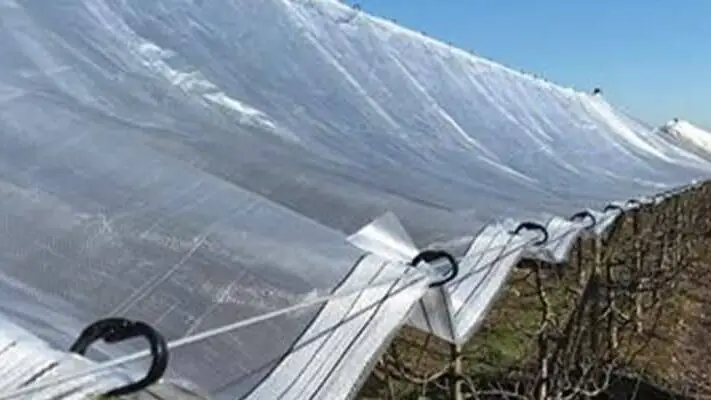
Interesting Insurance Option
There is a risk of rain damage hanging in your fruits.
And what about insurance of cherries from weather damage.
Well, tread carefully because of unresolved issues. When is the payout supposed to occur?

Let’s picture a situation where an insurance deal was available to cover a rain event. And let’s say 50 mm rainfall during harvest? With a payout if that amount of rain was recorded regardless of the damage caused.
Would growers risk investing in such a scheme?
Extra Humidity Bring More Pest Problems
The more humid rain creates more leaf growth. Your cherries become juicy, tasty, and young.
And who can resist these attractive cherries, certainly not a slug, thrip, and any other insect pest looking for a feed?
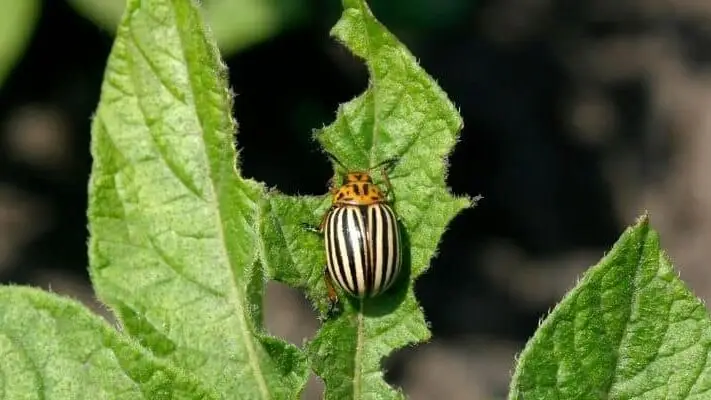
Boom and bust! Plagues of insects increase suddenly.
Before you know it, the invasion has taken place. And you are nowhere to take action before the pest causes a problem.
Marketing, R&D and the Future
In the world market, it is quite a challenge for the cherry grower to make a difference (literally).
You can package in distinctive cartons in hope of standing out.
But, supermarkets may not show the branding on the box. So zero work or advantage.
A good way is to inform customers of the health benefits of cherries. Well, what with rising consumer awareness of over-processed food.
Conclusion
It takes a while to taste your cherry fruit. By the time you taste, you will have sweated to grow and protect your cherries.
But when your cherry trees are finally yielding juicy fruits, you’ll see that it was all worthwhile. Fresh cherries are at top of the list for taste and flavor.
With many tips provided, you’ve got plenty to pick from on your way to fruitful cherry growing.

